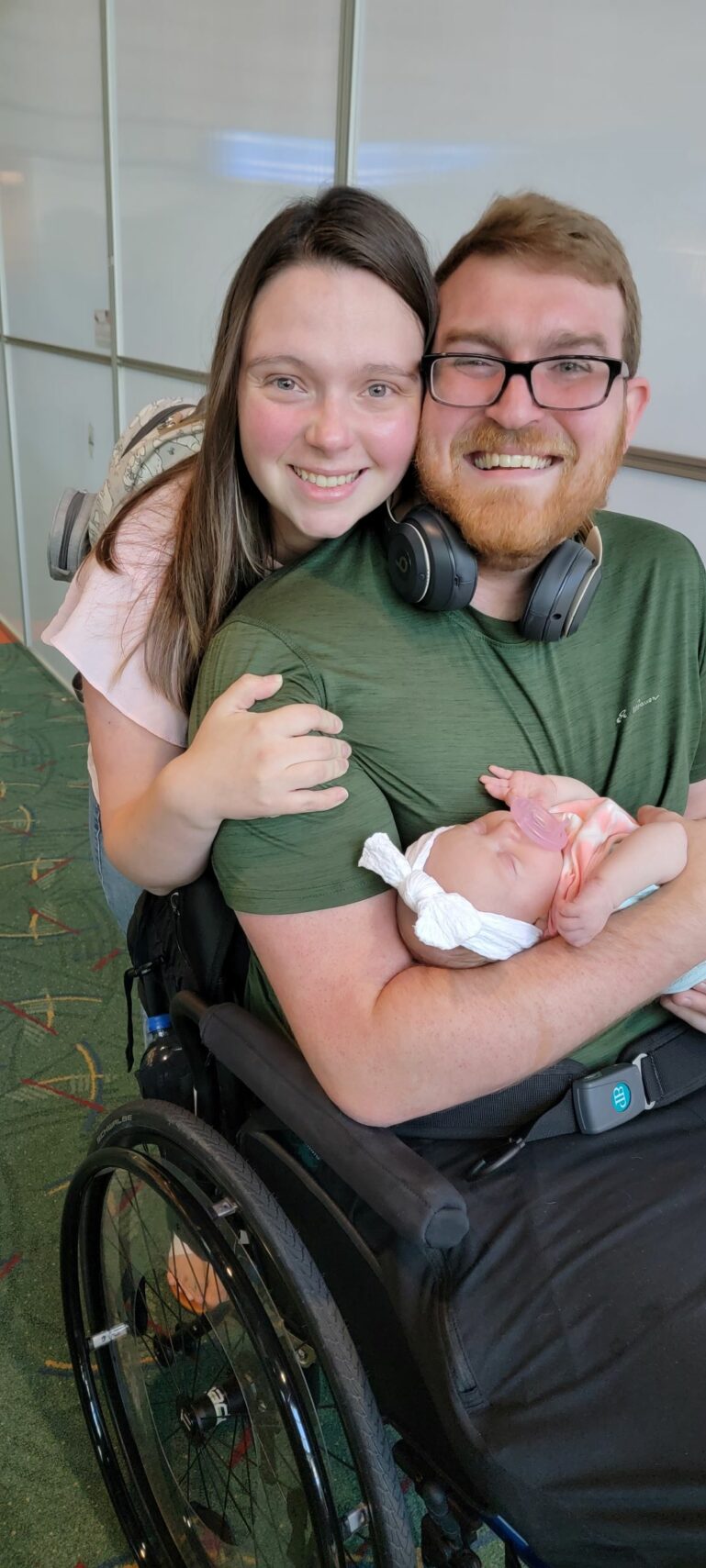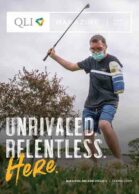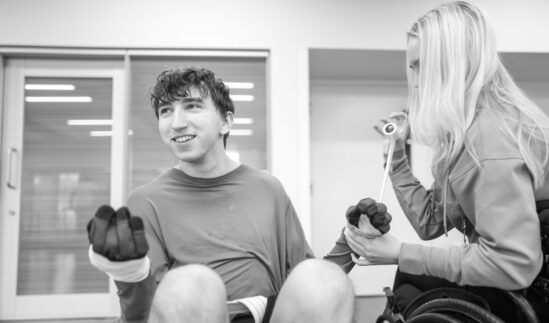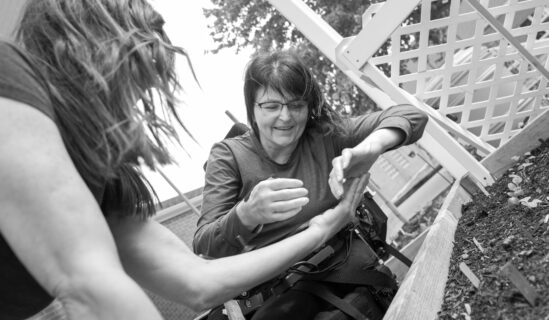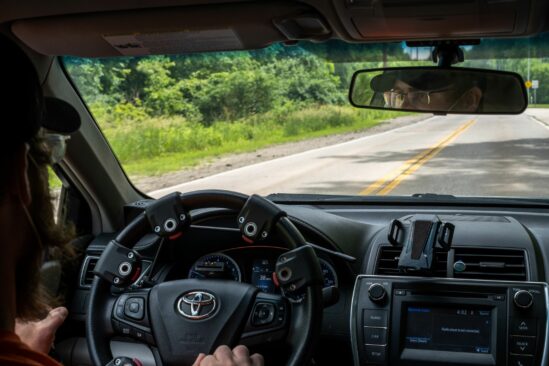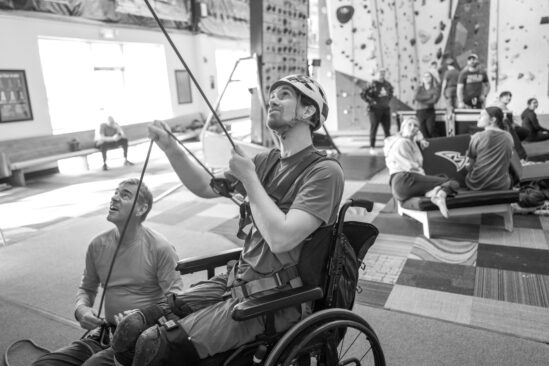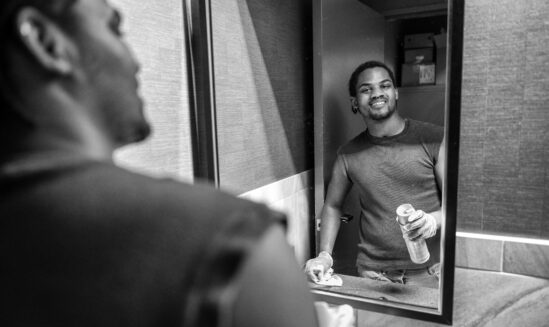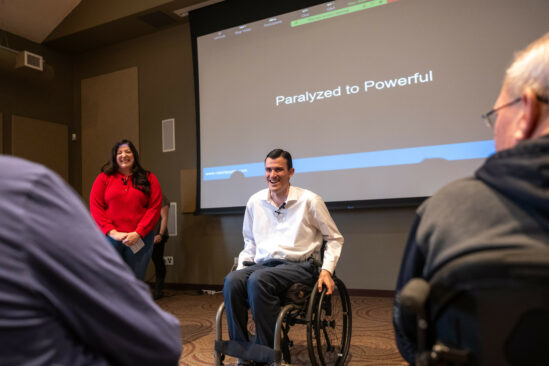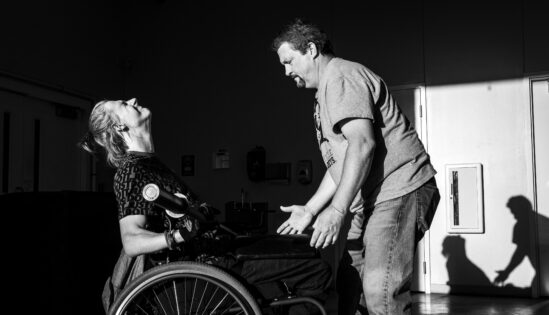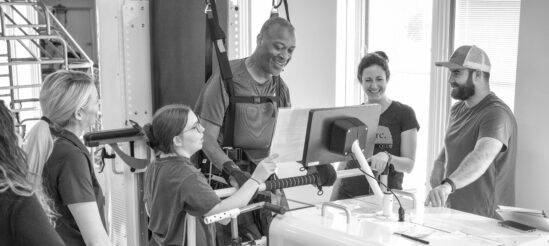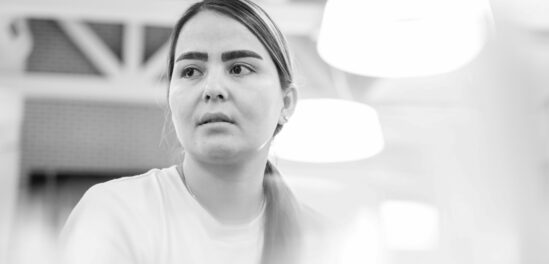“I believe it’s the most beautiful job anyone could have.”
Jason Stephens is a wedding videographer based out of Portland, Oregon. “You’re a huge part of this magical day, getting to create an everlasting memory for the couple.” Meticulous in his planning and execution, Jason utilizes drones, gimbals, cameras, and lights to capture the magic behind the event. Then, after the day is over, his creative side takes hold.
The weeks-long editing provides a universal perspective by piecing together thousands of moments to tell a story—the story of a beginning. But in this case, the teller has a story of his own.
__
Jason was inspired to become a wedding videographer because of his own experience the day he married his high school sweetheart Cassie. “The way our wedding videographer worked was simply fascinating, and I knew then that I wanted to pursue it as a career.”
Jason built a successful business. He shot weddings on the weekend and edited the footage while working from home where he could simultaneously spend lots of time with the couple’s three-year-old 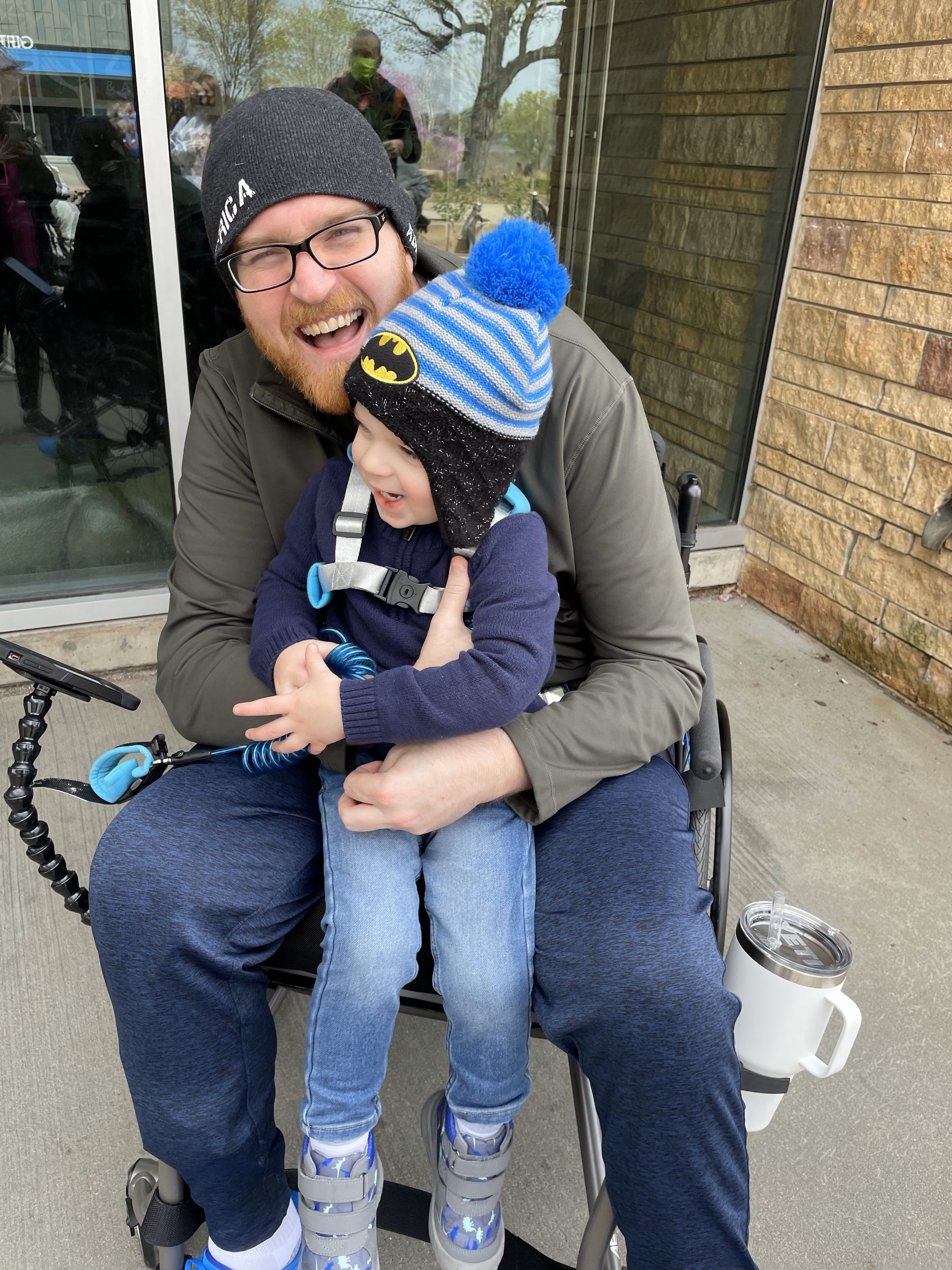 son, Nathan. In early 2023, the Stephens family was counting the days until the arrival of a baby girl in summer. Jason played in a recreational adult soccer league. It all was idyllic.
son, Nathan. In early 2023, the Stephens family was counting the days until the arrival of a baby girl in summer. Jason played in a recreational adult soccer league. It all was idyllic.
One night, Jason felt sharp pains in his leg during a soccer game. He subbed out and took it easy the next few days, but the pain in his leg began to worsen. Soon, Jason started to have shortness of breath and chest pain. He was admitted to Providence St. Vincent Medical Center where he went into cardiac arrest.
“Then,” he remembers. “I died.”
__
A blood clot had formed in his leg and caused his heart to stop. Emergency personnel fought for 29 long minutes to get his heart beating again. He was resuscitated, but the prolonged time he spent pulseless meant that vital oxygen was not traveling to his brain. Jason may have come back to life, but he would return with a dual diagnosis of a hypoxic brain injury and spinal cord injury, the latter caused by a change in the signals sent from his brain to the thoracic part of the spinal cord.
__
“I knew right away Jason was someone who was going to give it everything he had,” shared occupational therapist Hannah Hall. In May 2023, almost four months after his injury, Jason arrived at QLI’s campus from Craig Hospital in Denver, Colorado. Daily FaceTime calls with his wife and son offered Jason not only a rock of a support system but immense motivation in his recovery—to get back to being a husband and father, to his career again. Every aspect of his program at QLI was designed to foster that very goal.
It began with simple daily routines—showering and dressing, transfers to and from his wheelchair. Prior to his injury, Jason enjoyed swimming. Armed with this knowledge, clinicians incorporated sessions in QLI’s East Campus pool as a great therapeutic opportunity for honing extremity movements and 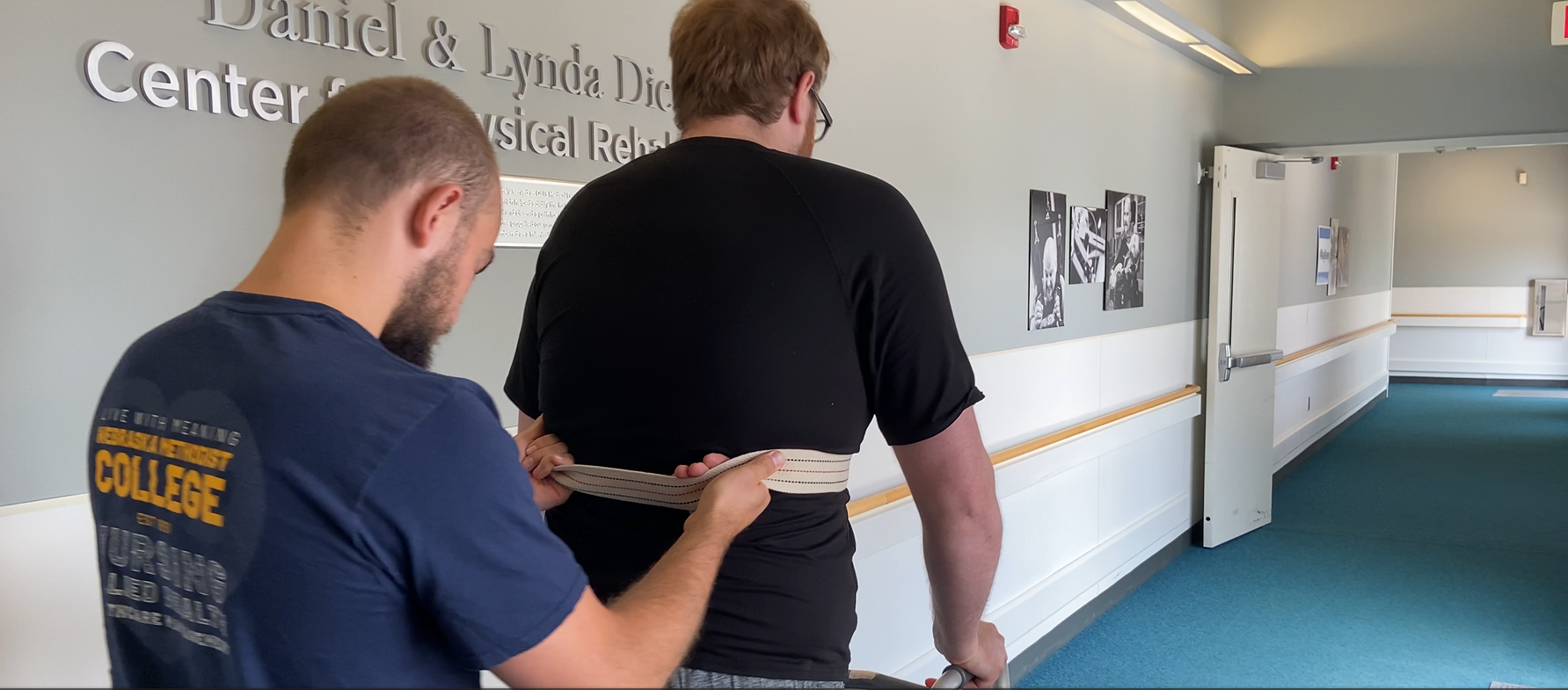 strengthening his arms “The joy he showed when stepping into the pool was amazing,” remembers Hannah. “That moment was confirmation for him that he could still participate fully in the activities that were an important part of his life.”
strengthening his arms “The joy he showed when stepping into the pool was amazing,” remembers Hannah. “That moment was confirmation for him that he could still participate fully in the activities that were an important part of his life.”
His physical recovery was further aided by extensive physical therapy—beginning with an EVA support walker (a walker with extended forearm support) and ambulation exercises with the ZeroG, a weight-bearing harness designed to help relieve gravity to focus on the correct mechanics of walking. Once his physical therapist deemed him ready, he progressed across the expanses of the Lied Life Center with exercise assistant Arian Critchfield for support if needed. As the weeks passed by at QLI, it was clear to all that when the day came for Jason to return home, he would walk out.
__
Getting back to walking and mastering transfers are often the cornerstone of many QLI clients. This was crucially important for Jason, but his motivation was fundamentally unique in how it informed his program—to return to being an active father for his three-year-old, and his brand new daughter, born in late June, whom he would soon meet for the first time. Jason worked with Life Skills Assistant Carlyee Arndt on the functional skills that come along with being a dad. They went to the grocery store together, simulating what grocery shopping would look like with a newborn, how he might manage daily errands while utilizing a walker or a wheelchair for mobility while managing a car seat, or being able to change a diaper while in a public restroom.
Throughout his time at QLI, the cameras he once stood behind were now focused on him. Family and friends filmed his sessions—walking tall in the ZeroG, mastering fluid upper and lower extremity movements via a backstroke in the pool, or utilizing the underwater HydroWorx treadmill—each minute showing more progress than the previous. Jason also worked extensively with speech-language 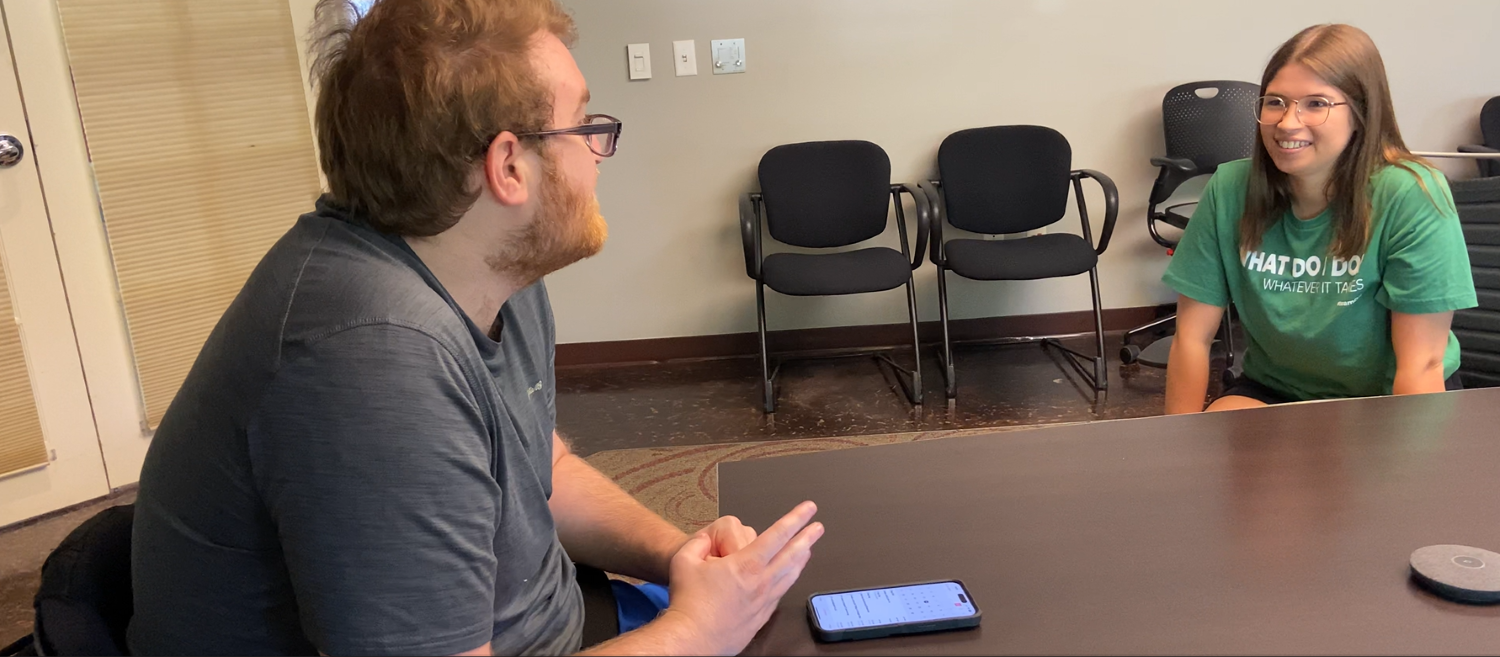 pathologist Zoey Bertsch to focus on increasing his vocal volume. As a result of his injury, Jason had trouble naturally speaking in a clear and loud conversational manner. Zoey had an excellent solution. An app called Voice Tools recorded their conversations and displayed the decibel level of Jason’s speech, thereby a good way to have a device for prompting and cueing if his vocalization volume became too low. With this prompting, Jason could take a deeper breath to gain good vocal coordination and volume in a conversational setting. Another one of the other effects Jason’s brain injury had was difficulty with short-term memory.
pathologist Zoey Bertsch to focus on increasing his vocal volume. As a result of his injury, Jason had trouble naturally speaking in a clear and loud conversational manner. Zoey had an excellent solution. An app called Voice Tools recorded their conversations and displayed the decibel level of Jason’s speech, thereby a good way to have a device for prompting and cueing if his vocalization volume became too low. With this prompting, Jason could take a deeper breath to gain good vocal coordination and volume in a conversational setting. Another one of the other effects Jason’s brain injury had was difficulty with short-term memory.
“Jason began taking notes on the Google Keep app,” recalls Zoey. “Through keeping a record of his day, with text, photos, and videos, he used this as a cue to recall events from previous days or personal tasks that were yet to be completed.” Later on in his program, Jason began a video project with Zoey to document his recovery while at QLI. “It’s really important for Jason to start pursuing these work-related activities, not only for the purpose it gives him but also for more functional skills that he can develop.”
For example, a string of videos showing Jason in physical therapy is placed in Adobe Premiere Pro, a video editing software. As Jason reviews footage of himself walking with the EVA support walker, he verbally cues himself to move over to another sequence containing videos of a session with him and Zoey. Should Jason forget which sequence he will work on next before he arrives at it, a simple reminder or cue from clinicians working with him will reorient his focus, and Jason can confidently move on to the next part of the editing process.
It is with this video that Jason’s creative prowess makes a return. Through the editing of the footage of his progress, Jason begins to see why he continues to fight in his recovery—to provide and be there for his family, and to continue bringing joy to his clients.
__
In mid-July, it was time for Jason to head home to Portland. A keen look of anticipation was on his face throughout all the preparations to leave. As he left amidst a crowd who had gathered to wish him well—he stood tall as he walked out of the house. With the drive to the airport, and with every moment that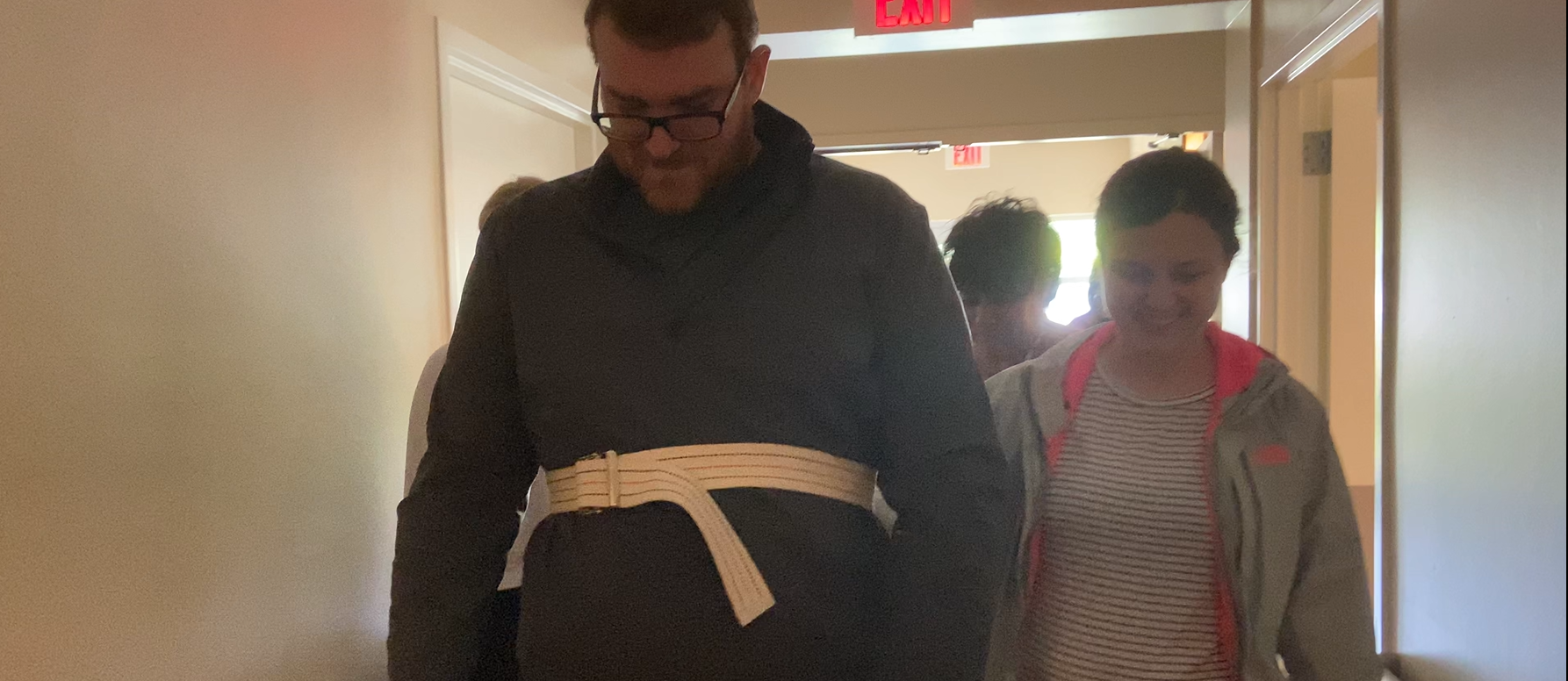 passed while in the air, he was all the closer to holding his newborn daughter Emily for the first time.
passed while in the air, he was all the closer to holding his newborn daughter Emily for the first time.
As he arrived in Portland and was reunited with his family, the warmth left Jason glowing. A moment that could have seemed a million miles distant just a few months back was now here. And Jason, home at last, could get back to the life he loves, and the purpose he had made his own.
